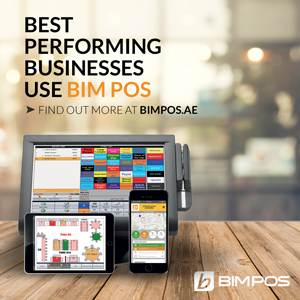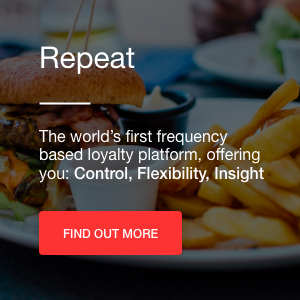Picture is for illustrative purposes only
Image Credit: Supplied
This is not the first and probably not the last column you will read on shopping malls. Everyone has an opinion on how they should be managed/operated, and everyone has the solution to the problem of empty stores. Today it has become more apparent that new shopping malls are struggling to fill their units with both good quality and reliable retail and F&B operators, if you didn’t know this yet then all you need to do is walk through one of the many malls in Dubai and count the hoardings on your way.
Since our arrival in the Middle East in 2003, we have seen a drastic change in the way shopping destinations have increased their gross GLA portion of F&B, leisure and entertainment. This was inevitable with the increasing popularity of stand-alone restaurants outside the shopping environment; the mall industry had to follow in order to compete. For mall operators, the F&B scene is a vital component of their business model as it 1) brings footfall, 2) increases dwelling time of shoppers and 3) the rate per square foot is very attractive for a relatively small space compared to larger retailers.
We have seen three main game changers in malls in the last 5 to 10 years:
1. Increase in GLA
Ten years ago, F&B used to make up 5% to 8% of the GLA while today this has evolved to 12% to 18% for larger shopping destinations. This is a global phenomenon, not just in Dubai. The increase in GLA has mostly been taken up by casual dining and this should not surprise us as the warm climate in the Middle East dictates where people spend their time: mostly indoors. Malls have adapted into a more complete experience. Other parts of the world have also seen an increase in household spending in F&B over the years as more people see malls as a place to shop, dine, socialize and experience. Shopping malls have become an “All in One” value proposition.
2. The popularity of casual and fast-casual dining
Casual dining is finding its place firmly in both stand-alone units as well as in a separate dining destination. This allows for a different 1) target audience, 2) spend per head and 3) diversification of experience. Fast food is losing ground to more fast-casual and casual concepts as in this family and friend-oriented culture, lingering over a meal on an evening or weekend is preferable to grabbing something on the run. It is important to note it is not only international franchise brands that have flooded the casual market, but more local homegrown concepts have given them a run for their money. Today you will find more shopping malls in the UAE that have also carved out a place for licensed outlets, another sign that destination dining is very much in the mind of the mall operator and developer.
3. Adapted business model
Our favorite topic is the business model that landlords use to sign up tenants. The current landscape is not pretty and when you walk through any of the major shopping malls today, you will notice more than a handful of hoarded units. Not all of them are F&B related but a few were either coffee shops, full-service restaurants and even fast food outlets. Talking to restaurant operators, it is clear that the current business model is no longer attractive, and in many cases, it could be dubbed as “suicidal”. Landlords have traditionally managed an aggressive leasing strategy that was based on high rents combined with a revenue-based incentive of 10% -15%. Leasing periods have been for terms of 3 to 5 years, while the tenants were fully responsible for the entire fit-out of their store. This model suited the larger franchise operators and owners with deeper pockets, but not the smaller entrepreneur with limited capital for investment. When even the likes of Al Shaya, Foodmark and other larger restaurant groups pass the opportunity to operate in upcoming malls, you know that something has to change. It is simply no longer viable for anyone to cough up millions on fit out, write cheques for 3 to 5 years, security cheques based on 25% of the first year’s rent and service charges that amount to almost 30% of the base lease.
In order for potential tenants to get interested again in leasing units, a more sustainable business model needs to be presented to them. The risk should be on both sides of the fence, not just on the tenant’s side. Reasonable base rents and service charges, the option of a short term lease (i.e. 12 months to 18 months) and assistance with some of the fit out will be beneficial to both parties: tenants would be willing to lease again at these conditions while the mall operator will have a shorter turn around in activating a new tenant and has the added benefit of innovation: his food court can change concepts much faster according to market trends and therefore be more relevant as a dining destination.
The assistance in fit out is usually contributed in the back of house in the shape of kitchen hoods, MEP and a counter, these are items that do not need to change during a changeover of tenancy and can therefore become part of the mall’s assets.
We have seen a few malls in the UAE starting to adapt a business model that is going in this direction. With the arrival of Time Out Market in 2020, we expect more destinations to follow the trend. In the end, the customer will benefit from these changes and isn’t that what we all aim to achieve?
















